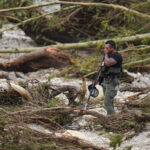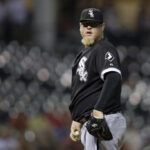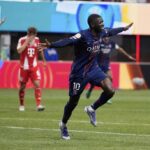Moscow has long had a tenuous relationship with the West, strained by the major differences in political ideology and cultural customs that are contrasting to many NATO nations. And now that relationship is further stretched by the massive Russian troop deployment at the Ukrainian border, which Russian President Vladimir Putin says is not a prelude to an invasion, but his actions say otherwise. As reported by the AP:
Once years back, the relationship was warmer than now, and President Vladimir Putin actually floated the idea of Russia joining NATO
MOSCOW (AP) — A Russian military buildup near Ukraine has raised fears in Kyiv and the West that Moscow might invade its neighbor.
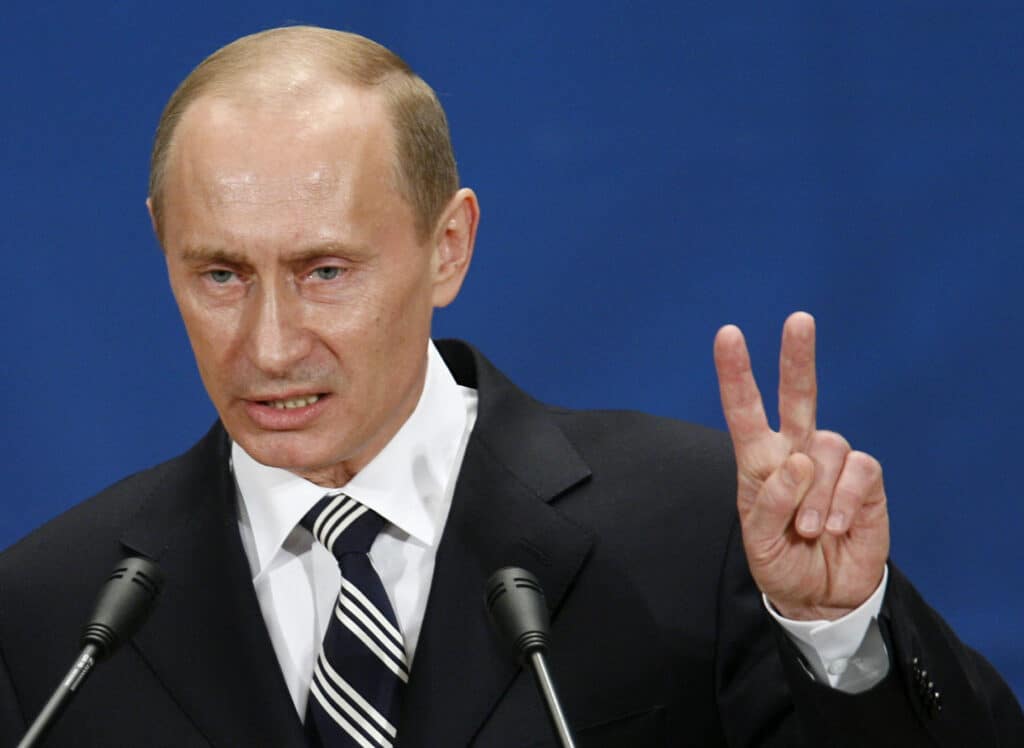
The tensions over Ukraine come amid a new low in relations between Russia and NATO, which once were so warm that President Vladimir Putin even floated the prospect of his country joining the military alliance.
A look at Russia-NATO ties:
COLD WAR & COMMUNISM’S COLLAPSE
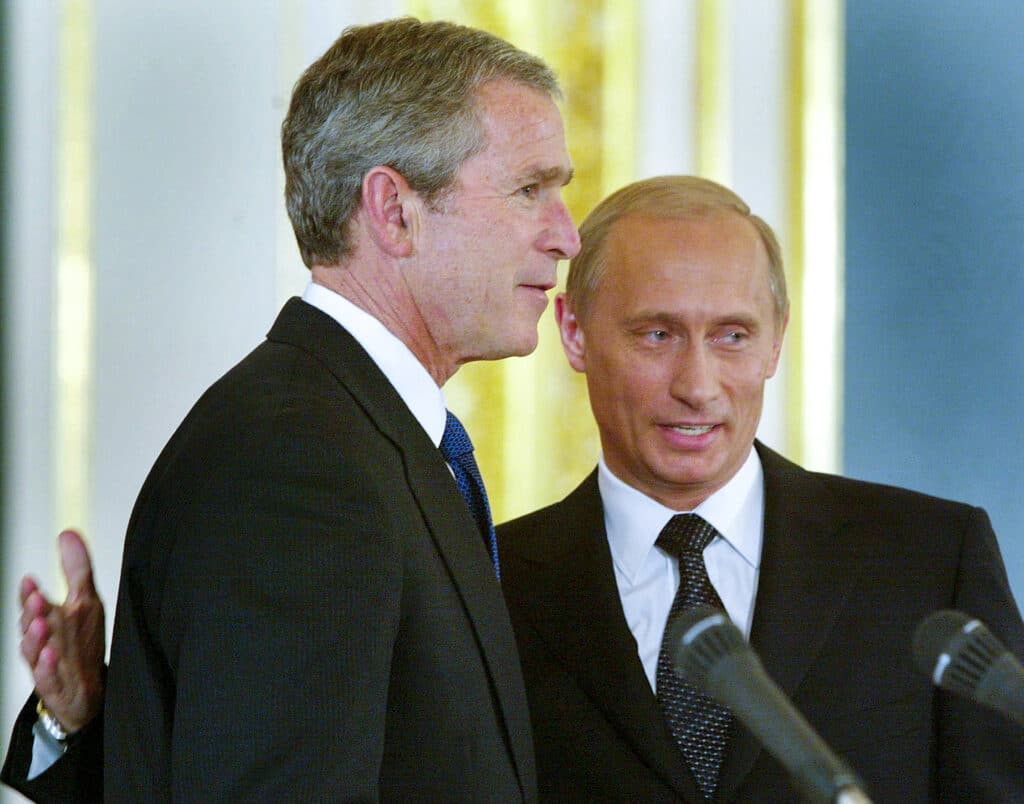
For decades throughout the Cold War, the Soviet Union, and its Warsaw Pact allies in Central and Eastern Europe were locked in a tense standoff with NATO.
That confrontation eased in the 1980s when Soviet leader Mikhail Gorbachev moved to reform the Soviet Union and encouraged democratic reforms in East bloc countries. Gorbachev didn’t try to avert the collapse of communist regimes in those allies, and he quickly agreed to the reunification of East and West Germany after the 1989 fall of the Berlin Wall.
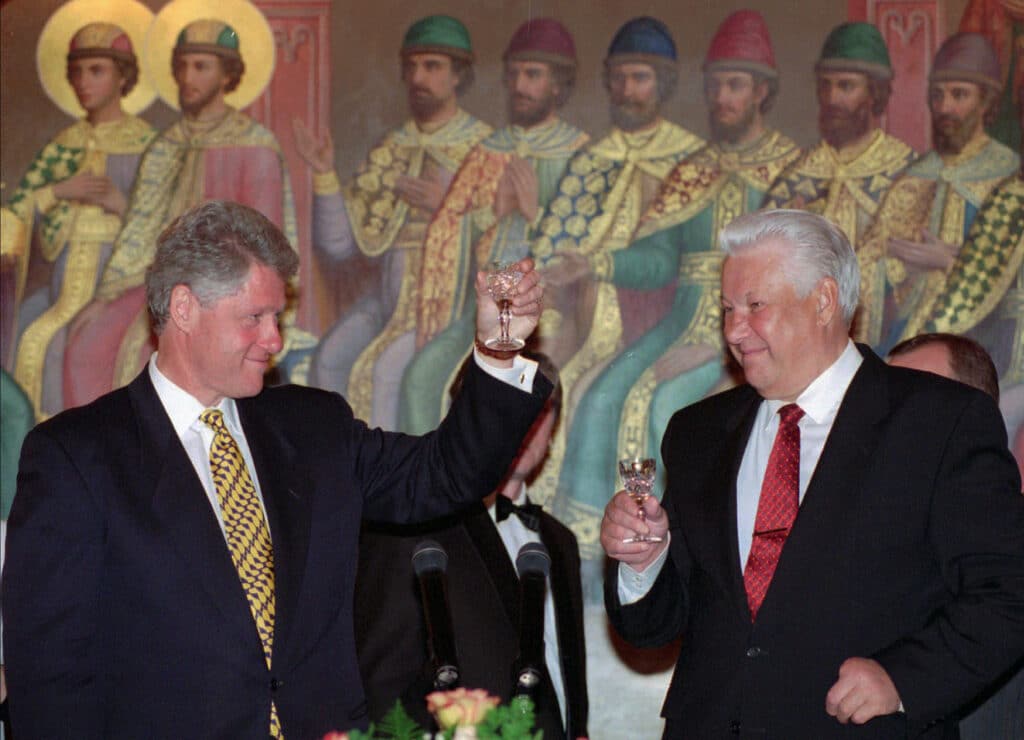
During the talks on German reunification, Gorbachev received Western promises that NATO wouldn’t expand eastward, but he never documented those verbal pledges.
Busy with political and economic crises that followed the 1991 collapse of the Soviet Union, Russian President Boris Yeltsin paid little attention when Poland, Hungary and the Czech Republic joined NATO in 1999.
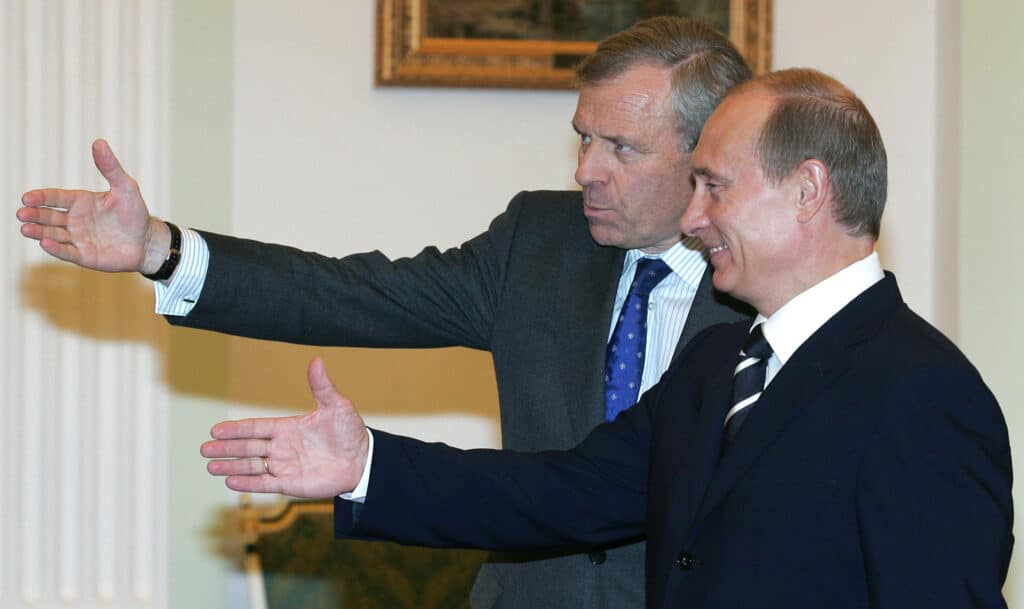
That same year, NATO’s air campaign against what is now Serbia, a Russian ally, marked the first major rift between Moscow and the military alliance since the USSR collapsed.
PUTIN ENTERS WITH A BRIEF THAW
After Putin succeeded Yeltsin in 2000, he moved quickly to bolster relations with the West, even testing the grounds for Russia to possibly join NATO.
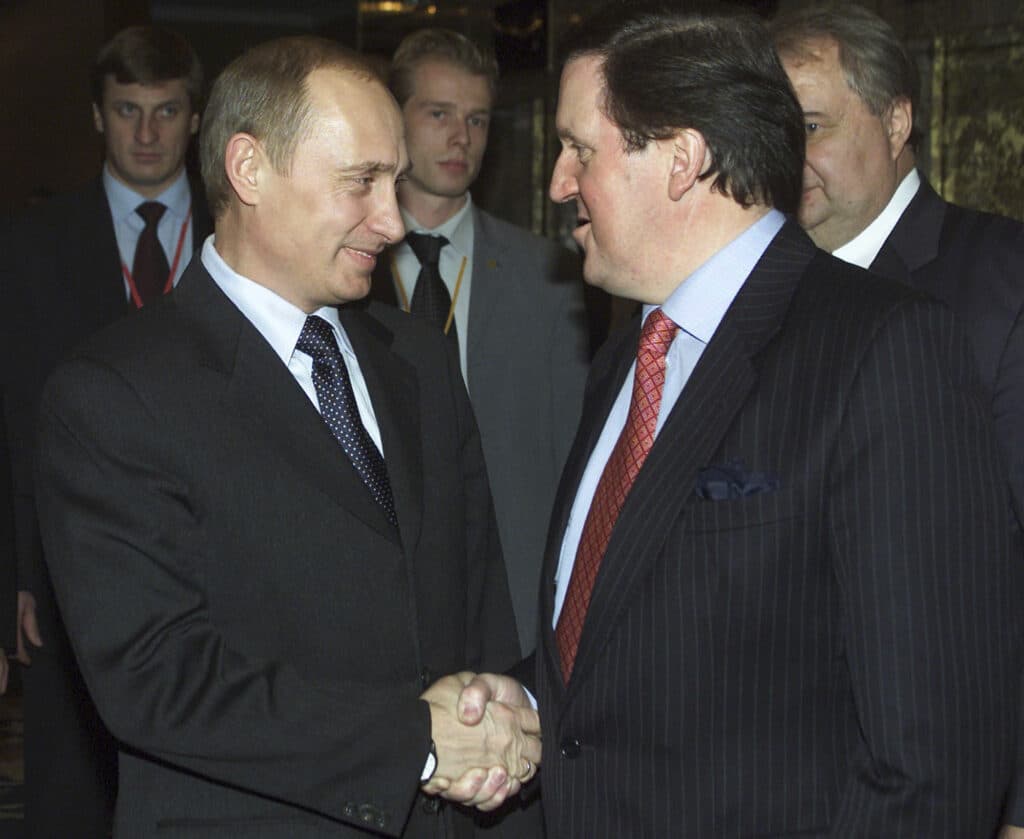
Lord George Robertson, who was NATO’s secretary-general in 1999-2004, recently recalled how Putin asked him when the alliance was going to invite Russia and how he was offended when Robertson replied that Moscow would have to apply for membership, just like any other candidate.
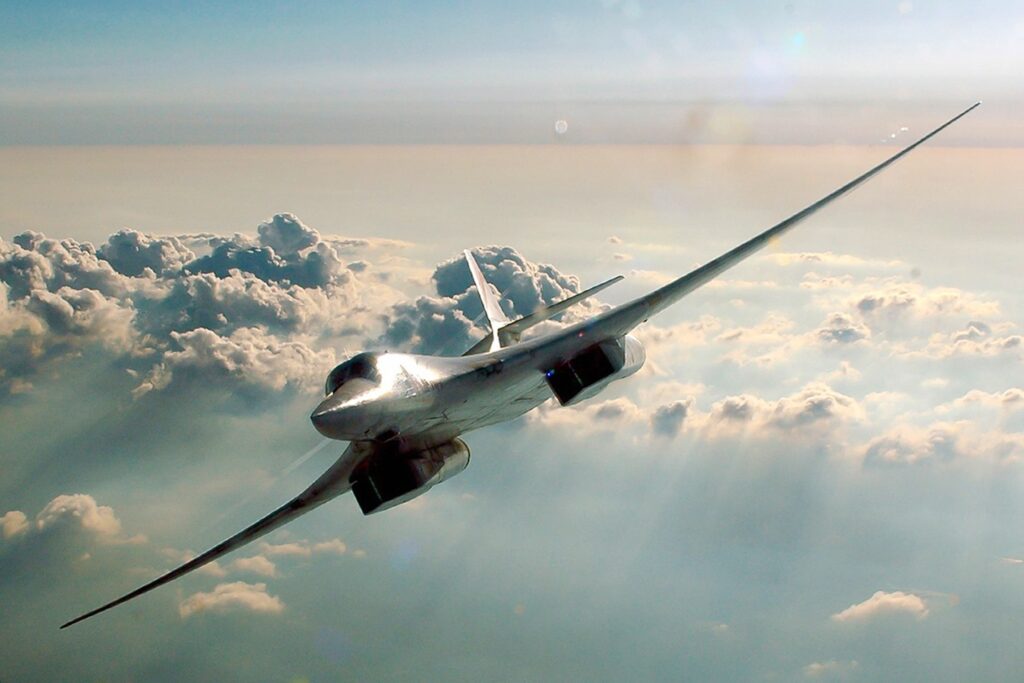
Putin later said NATO was unwilling to embrace Russia because the West feared its power and independent stance.
While exploring possible NATO membership, Putin also moved to forge closer political and security ties with Washington and its allies.
After the Sept. 11, 2001, terrorist attacks, Putin was the first foreign leader to call then-U.S. President George W. Bush, offering assistance. He quickly welcomed the U.S. military deployment to bases in former Soviet republics in Central Asia for the war in Afghanistan. In another goodwill gesture, Putin moved to shut Soviet-era bases in Cuba and Vietnam.
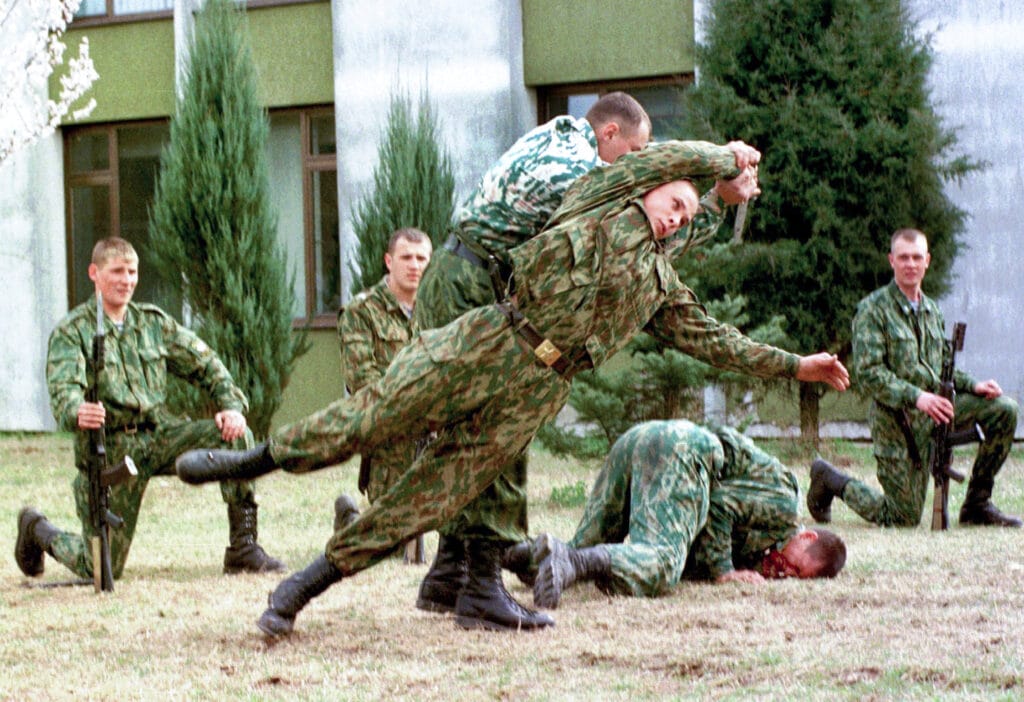
Even though Moscow’s NATO bid never materialized, Russia and the alliance agreed in 2002 to establish a council to coordinate policies and cooperate on fighting terrorism and other issues.
A CHILL RETURNS
Russia-NATO ties began to worsen in 2002 after Washington opted out of a Cold-War-era treaty banning defenses against ballistic missiles, a move Moscow saw as a potential threat to its nuclear deterrent.
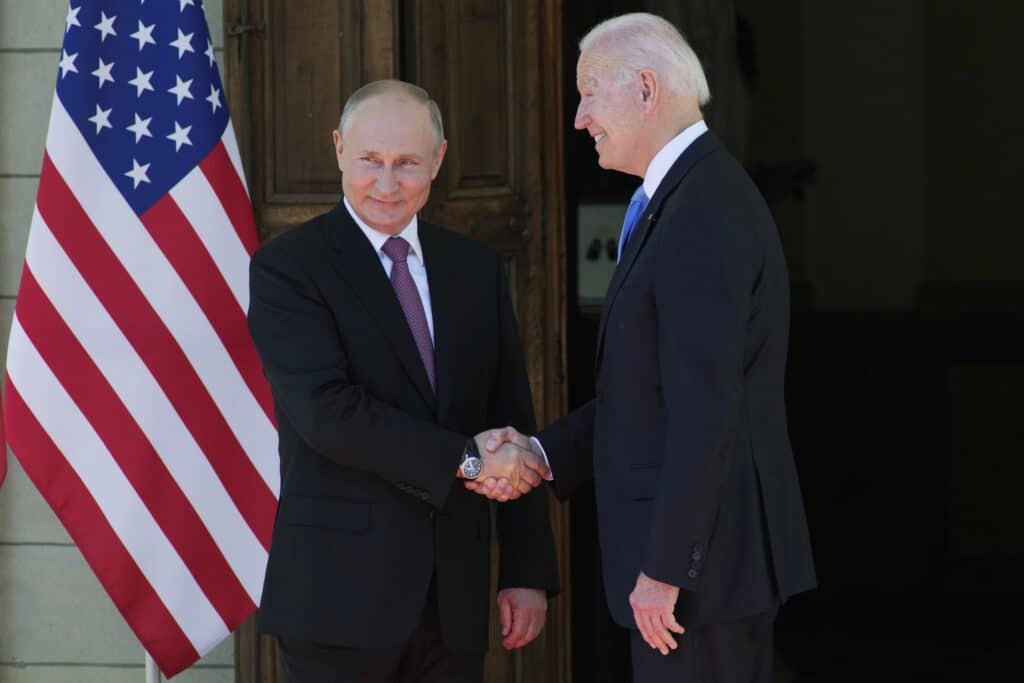
The U.S. war in Iraq in 2003 drew strong criticism from Moscow and further strained relations. Russia grumbled further when Bulgaria, Romania, Slovakia, Slovenia and the former Soviet republics of Estonia, Latvia and Lithuania joined NATO in 2004.
Tensions between the West and Russia mounted in 2004 over the Orange Revolution protests in Ukraine that forced the cancellation of a fraud-tinged election victory of a Kremlin-backed presidential candidate. The Kremlin viewed those protests and the earlier ouster of an unpopular leader in the former Soviet republic of Georgia as Western-inspired meddling in what it considered Russia’s backyard.
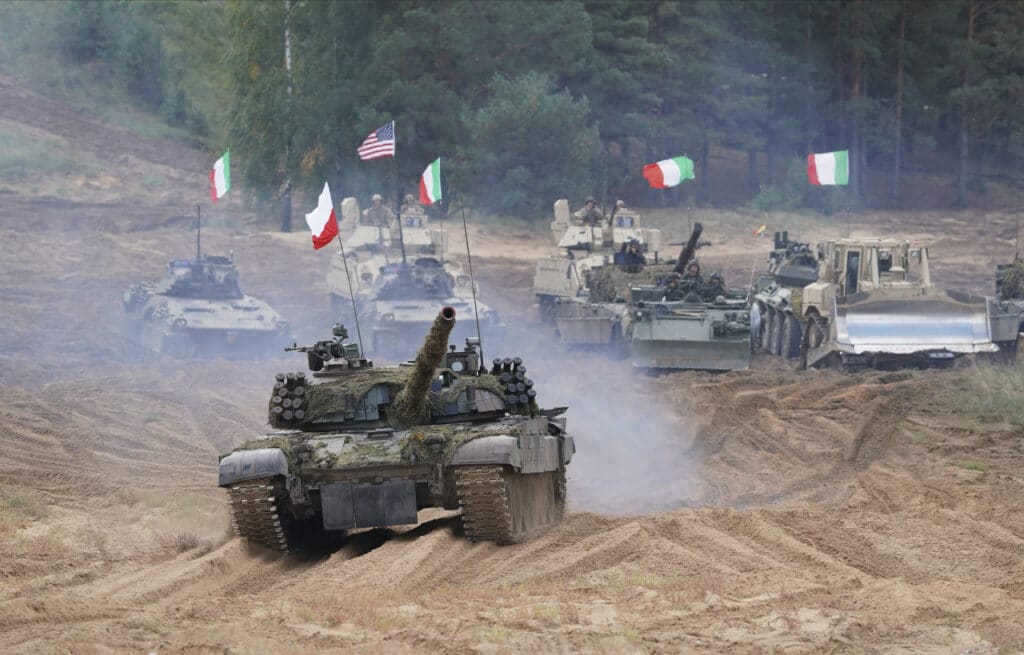
In a watershed speech at a security conference in Munich, Germany, in 2007, Putin sharply criticized U.S. moves around the world, saying Washington “has overstepped its national borders in every way,” and called NATO’s eastward expansion “a serious provocation.”
RUSSIA-GEORGIA WAR
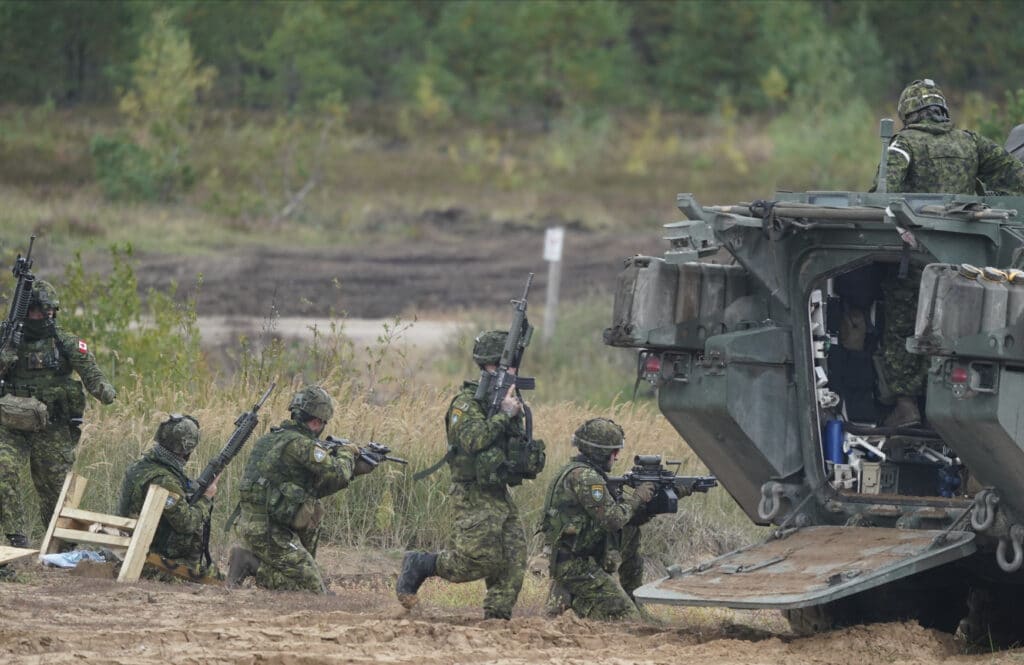
Russia complained vociferously when NATO promised membership to Ukraine and Georgia at a summit in Bucharest, Romania, in April 2008, seeing it as a blow to its vital security interests.
Four months later, Russia routed Georgia in a five-day war that erupted when the South Caucasus nation used force to try to reclaim control over the Moscow-backed separatist province of South Ossetia.
Russia quickly recognized South Ossetia and another Georgian rebel province, Abkhazia, as independent nations and bolstered its military foothold there.
UKRAINIAN CONFLICT BRINGS MOVES AND COUNTERMOVES
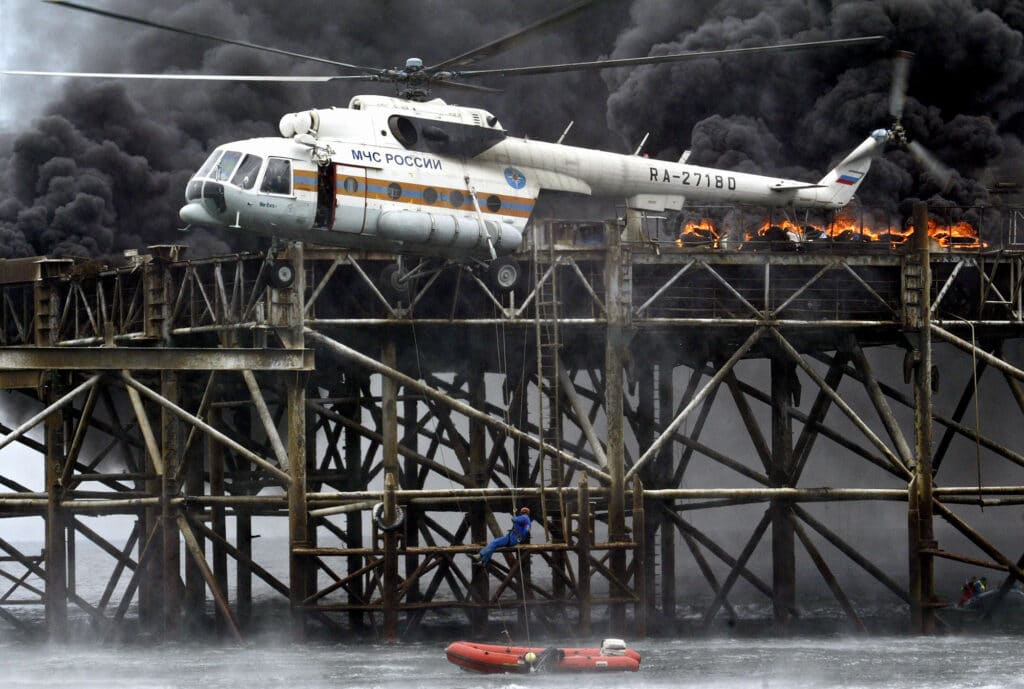
In 2014, Ukraine’s Kremlin-friendly President Viktor Yanukovych was driven from power by mass demonstrations that broke out when he decided to ditch an agreement with the European Union, in favor of closer ties with Moscow.
Russia responded by annexing Ukraine’s Crimean Peninsula and backing separatist rebels in eastern Ukraine’s industrial heartland, known as the Donbas. The conflict, now in its eighth year, has killed over 14,000 people, and efforts to seek a political settlement have failed. Moscow denies any involvement, saying any Russians involved in the fighting are volunteers joining the separatists.
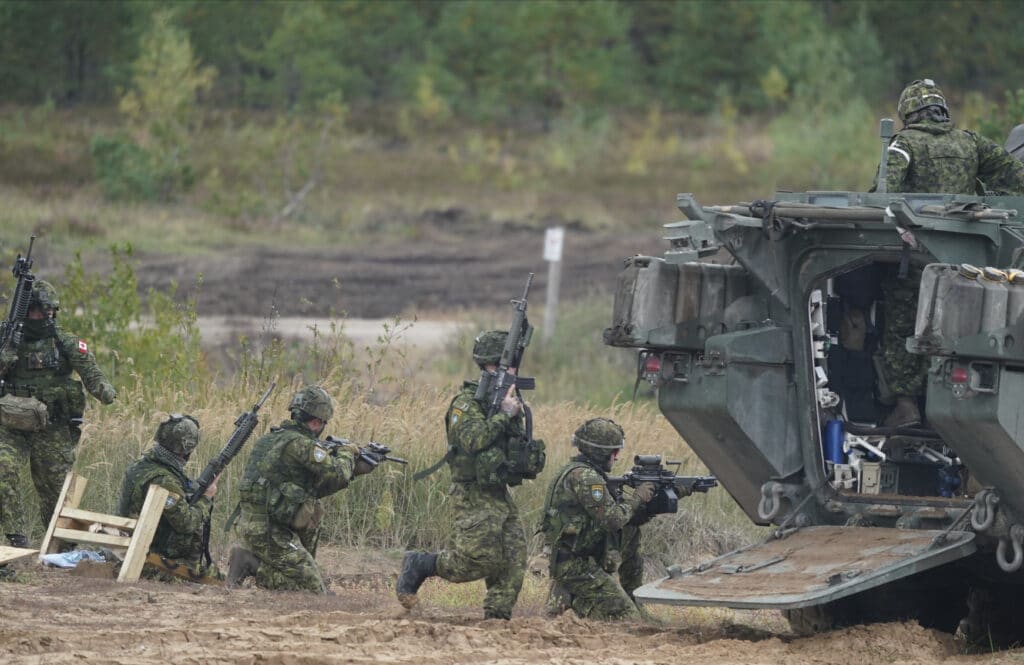
The U.S. and its allies then slapped Moscow with sanctions, and NATO halted all practical cooperation with Moscow, bolstering its forces near Russia. The Kremlin denounced those deployments and drills near its borders as a security threat.
In October, Russia suspended its mission at NATO and ordered the closure of the alliance’s office in Moscow after NATO withdrew the accreditation of eight Russian officials to its Brussels headquarters over their alleged ties to Russian intelligence.
Tensions soared last month amid the Russian troop buildup near Ukraine. Putin has denied planning such an attack but sought a Western pledge that NATO wouldn’t incorporate Ukraine into the alliance or deploy its forces there — an expansion he described as a “red line” for Moscow.
In a video call last week, U.S. President Joe Biden warned Putin of “severe consequences” if Russia invades Ukraine, but promised to hold consultations to address Russian concerns.
NEXT STEPS FOR NATO, RUSSIA
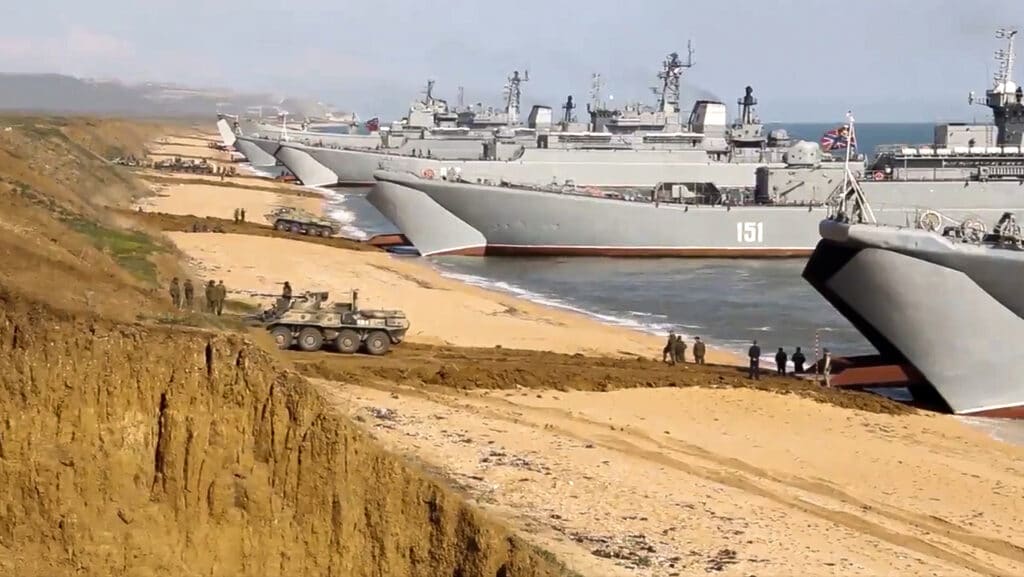
NATO’s credibility hinges on its common defense guarantee, known as Article 5, under which an attack on one member is considered an attack on them all, and its commitment to offer membership to any European country that can contribute to security in Europe and North America. But both Ukraine and Georgia have unresolved conflicts on their territories, and bringing them in now would oblige all 30 member countries to spring to their defense militarily.
Russia wants the West to make a legal pledge not to deploy forces and weapons to Ukraine, and the Russian Foreign Ministry demanded last week that NATO rescind its 2008 pledge to accept Ukraine and Georgia as members.
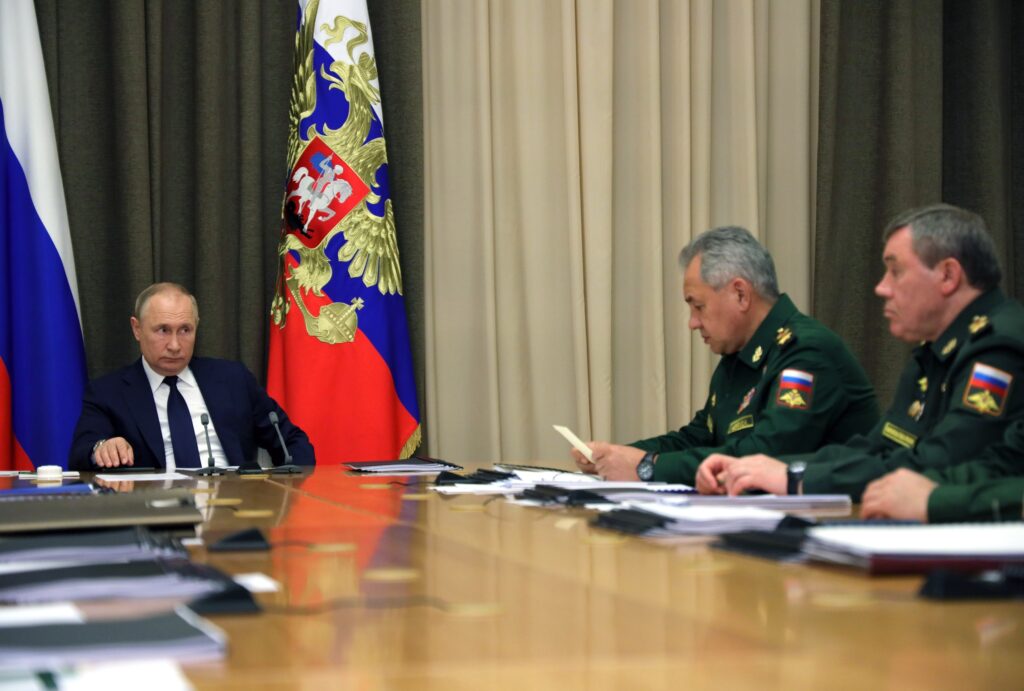
The U.S. and other NATO allies rejected Russia’s demands. “NATO’s relationship with Ukraine is going to be decided by the 30 NATO allies and Ukraine, no one else,” NATO Secretary-General Jens Stoltenberg said last week.
Putin countered NATO’s argument by saying that while Ukraine is free to decide its security arrangements, those shouldn’t threaten Russia.
“Every country certainly has the right to choose the most acceptable way of ensuring its security, but it must be done in a way that doesn’t infringe on the interests and undermine security of other countries, in this case Russia,” Putin said. “Security must be global and equally cover everyone.”
By VLADIMIR ISACHENKOV
Writer Lorne Cook in Brussels contributed.

